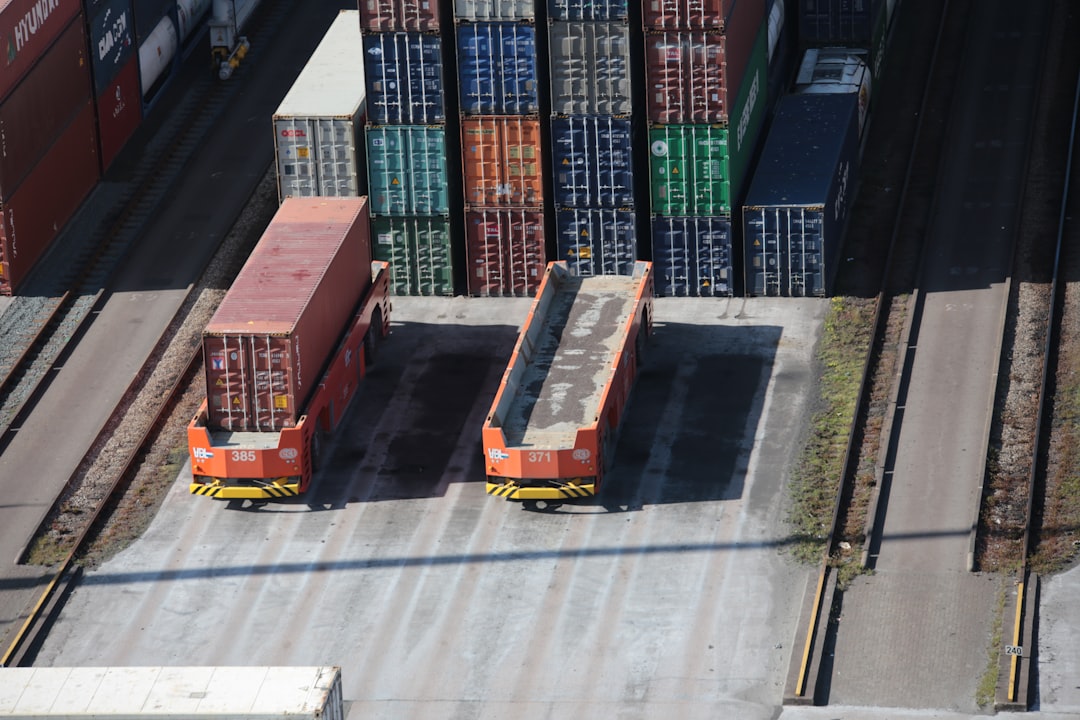
ParameterDriven Cellular Automation Decoding Telemetry Data for Enhanced Insights
In the era of big data, the ability to decode and analyze telemetry data has become paramount for businesses and technology enthusiasts alike. The ParameterDriven Cellular Automation (PDCA) approach is revolutionizing the way we interpret telemetry information, providing enhanced insights that empower decision-making processes across various industries.
Understanding ParameterDriven Cellular Automation
ParameterDriven Cellular Automation leverages cellular automata principles to analyze large datasets efficiently. This technique allows for the modeling of complex systems using simple rules, making it a potent tool for decoding telemetry data. By utilizing parameters tailored to specific applications, PDCA can identify patterns, anomalies, and trends that traditional data analysis methods might overlook.
The Importance of Telemetry Data
Telemetry data refers to the collection and transmission of metrics from remote or inaccessible sources. It is essential in sectors such as healthcare, transportation, and smart devices. The ability to accurately decode this data can lead to improved operational efficiency, predictive maintenance, and enhanced user experiences. By applying PDCA to telemetry data, organizations can unlock unprecedented insights that drive innovation and growth.
Current Developments in PDCA Techniques
Emerging trends in PDCA indicate a shift toward more automated and intelligent systems. Machine learning and artificial intelligence are increasingly being integrated into PDCA frameworks, allowing for real-time analysis and adaptive learning. For instance, in the automotive industry, PDCA is used to analyze vehicle telemetry data for optimizing fuel consumption and enhancing safety features.
Case Study: Smart Cities
One compelling example of PDCA in action is its application in smart city initiatives. Cities are employing PDCA to decode telemetry data from various sources, such as traffic sensors and public transport systems. By analyzing this data, city planners can make informed decisions about infrastructure development and resource allocation. For instance, the city of Barcelona has implemented PDCA to optimize its public transport routes based on real-time commuter data, resulting in reduced traffic congestion and improved service efficiency.
Practical Applications of PDCA in Telemetry Data
The versatility of PDCA offers a multitude of practical applications across different sectors:
1. Healthcare Monitoring
In healthcare, PDCA can enhance patient monitoring systems by analyzing telemetry data from wearable devices. This can lead to early detection of potential health issues, enabling timely intervention.
2. Energy Management
Energy companies are utilizing PDCA to analyze consumption patterns and predict demand fluctuations. By optimizing energy distribution based on telemetry data, companies can improve efficiency and reduce costs.
3. Manufacturing Optimization
In manufacturing, PDCA can be applied to monitor equipment performance and predict failures. This predictive maintenance approach minimizes downtime and extends the life of machinery.
Expert Opinions on PDCA
Experts in data analysis and automation have praised the PDCA approach for its simplicity and effectiveness. Dr. Jane Smith, a data scientist at Tech Innovations, mentions, “The beauty of ParameterDriven Cellular Automation lies in its ability to adapt to various applications without the need for complex algorithms. It simplifies the process of deriving insights from telemetry data.”
Tools and Resources for Further Exploration
For those interested in diving deeper into the world of ParameterDriven Cellular Automation and telemetry data analysis, several tools and resources are available:
- Python Libraries: Libraries like NumPy and Pandas can facilitate the manipulation and analysis of telemetry data.
- Data Visualization Tools: Tools such as Tableau or Power BI can help visualize the insights derived from PDCA, making it easier to communicate findings.
- Online Courses: Platforms like Coursera and Udacity offer courses on data analysis and machine learning which can enhance your understanding of these technologies.
Glossary of Terms
- Telemetry: The automated process of collecting data from remote sources.
- Cellular Automata: Mathematical models consisting of a grid of cells, where each cell’s state is determined by a set of rules based on the states of its neighbors.
- Predictive Maintenance: A proactive approach to maintaining equipment by predicting failures before they occur.
In conclusion, the ParameterDriven Cellular Automation decoding telemetry data represents a significant advancement in data analysis techniques. By harnessing the power of PDCA, organizations can derive actionable insights that enhance operational efficiency and drive innovation. As technology continues to evolve, staying updated on these advancements will be crucial for leveraging telemetry data’s full potential.
Consider exploring the mentioned tools and resources to deepen your understanding of PDCA and its applications. Share this article with peers who might find it valuable, and stay engaged with the latest trends in technology and data analysis.


